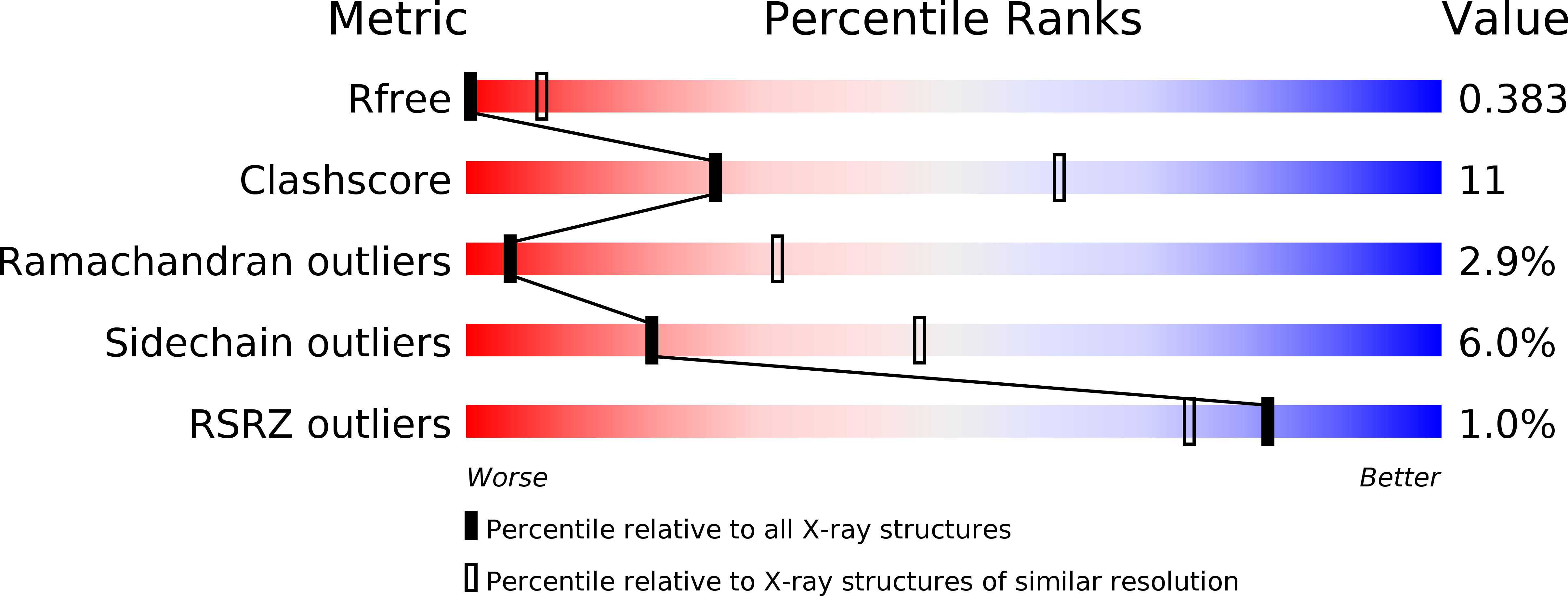
Deposition Date
2014-09-08
Release Date
2015-12-16
Last Version Date
2024-11-20
Entry Detail
PDB ID:
4R9Y
Keywords:
Title:
Crystal structure of KKOFab in complex with platelet factor 4
Biological Source:
Source Organism:
Homo sapiens (Taxon ID: 9606)
Mus musculus (Taxon ID: 10090)
Mus musculus (Taxon ID: 10090)
Host Organism:
Method Details:
Experimental Method:
Resolution:
4.11 Å
R-Value Free:
0.38
R-Value Work:
0.31
R-Value Observed:
0.31
Space Group:
P 21 21 21


